Tiger’s Nest – Bhutan
As the Kingdom of Bhutan re-opens its landlocked borders to the outside world, the country’s most iconic venue – Tiger’s Nest (Taktsang Palphug Monastery) – stands high, mighty and proud.
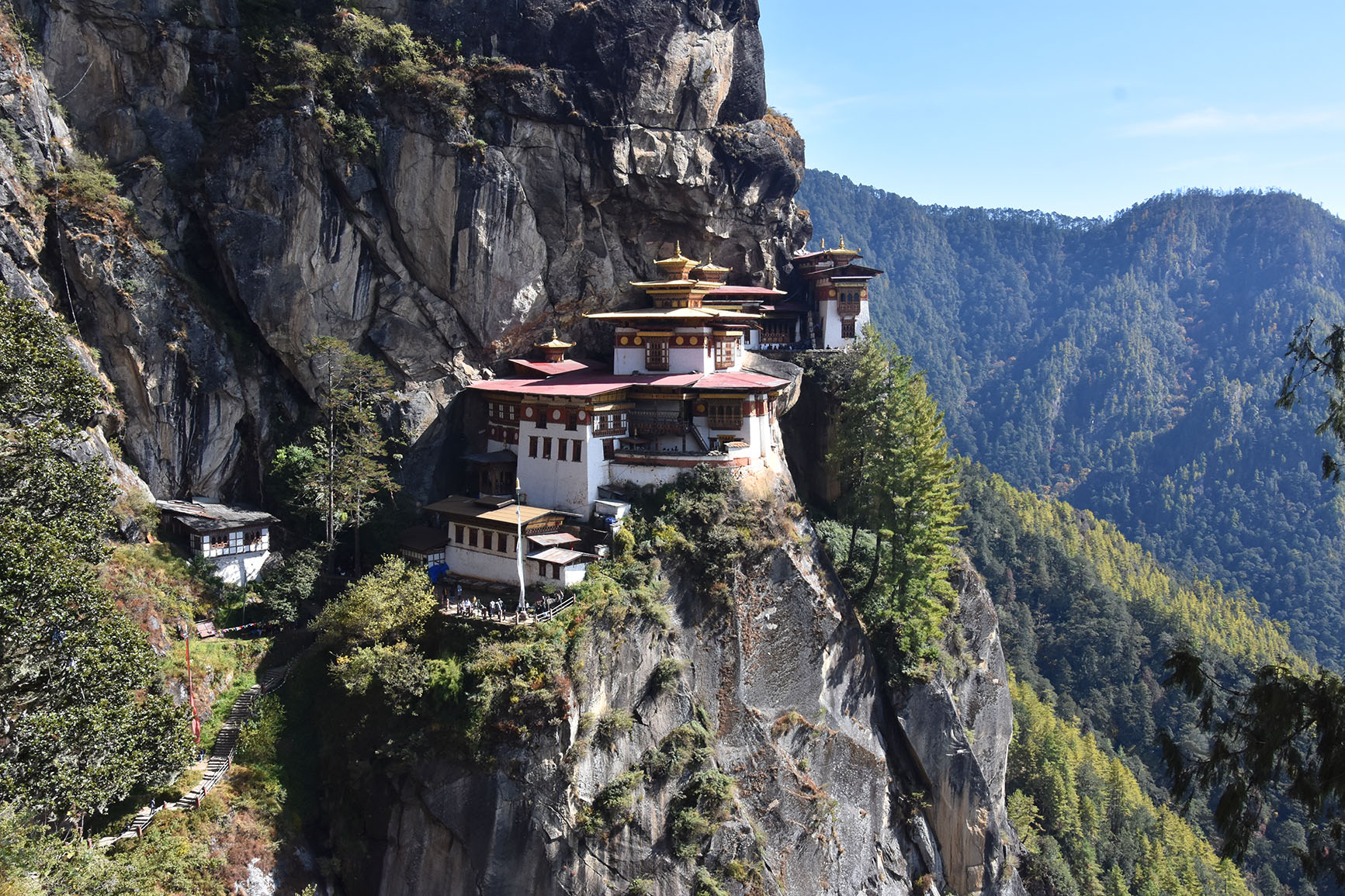
Stunningly perched on the sheer cliff face, offering jaw-dropping views across the unfolding Paro Valley, this sacred Vajrayana Himalayan site is one of thirteen Land of the Thunder Dragon Tiger’s Nest caves.
It’s an absolute ‘must’ for any discerning visitor to Bhutan.

I loved my visit, from arrival in the valley below, to the demanding 3-4 hour climb to visit the site. It’s worth all the hype. Ascending mountain forest paths, with tantalising glimpses of Guru Padmasambhava high above, gives you and any fellow mountain trekkers a profound sense of achievement. Even when experiencing an altitude-induced shortness of breath (2,950m), the beautiful prayer flag setting and remarkable mountainside positioning is a joy to behold.

Whether visiting as an inquisitive traveller, or seeking a place to meditate like so many visitors since its construction in 1692 (by Gyalse Tenzin Rabgye), Tiger’s Nest Paro Taktsang will be one of your Himalayan highlights for many years to come.
Built amidst a sacred cave where generations of monks and pilgrims have meditated, local legend claims one of the original Gurus ‘Padmasambhava’ – who brought Buddhism to Bhutan in the 8th century – flew to the site on the back of a tigress, and remained there meditating for three years, three months, three weeks, three days and three hours.
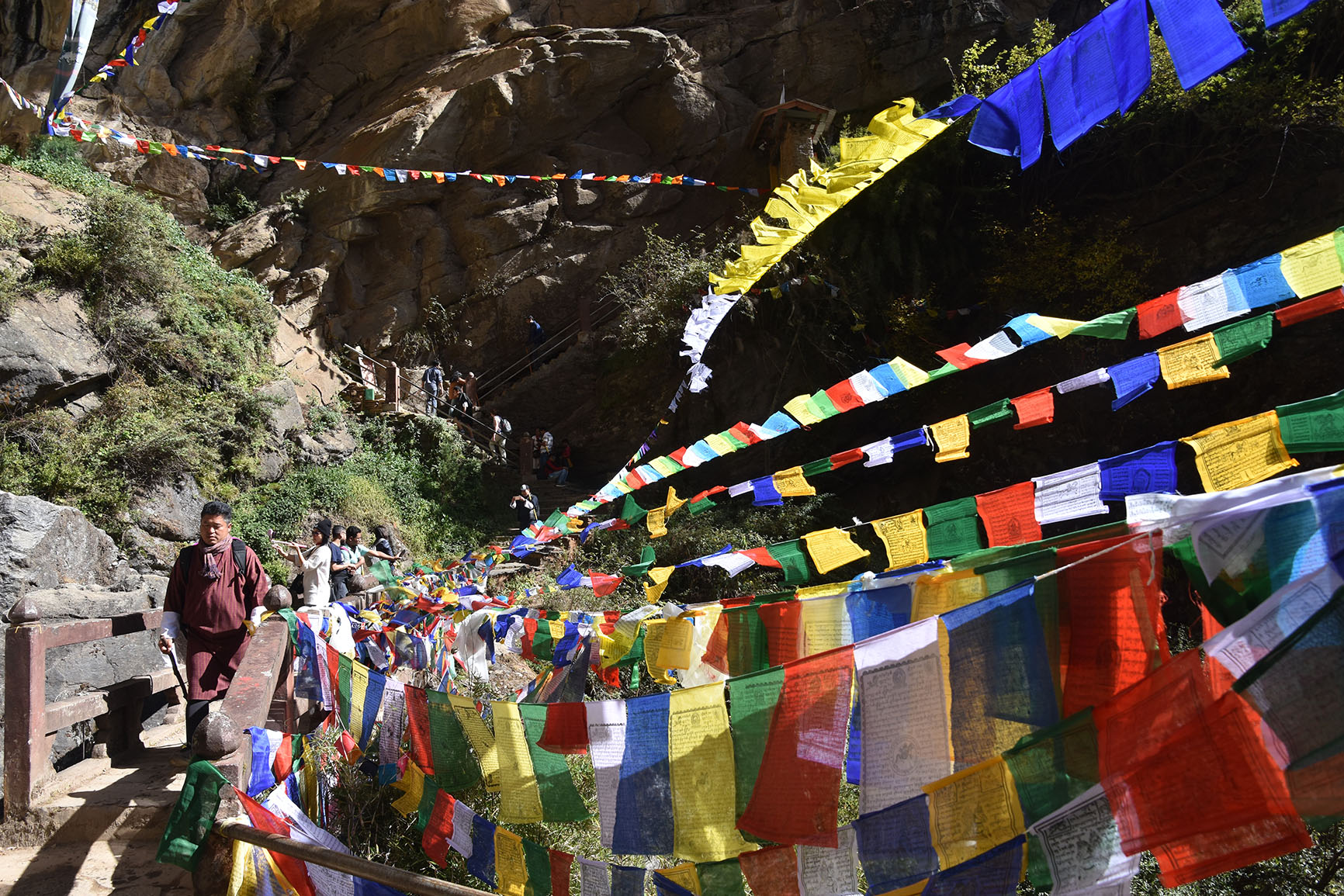
Today visitors can enjoy the numerous temples and shrines scattered across the temple structure. Beautifully coloured with Tibetan style paintings, mythological murals, thangkas and butter sculptures. Visitors will often be accompanied throughout the Temple visit by young novice monks, who delight in sharing the best vantage points, as well as practising their English.
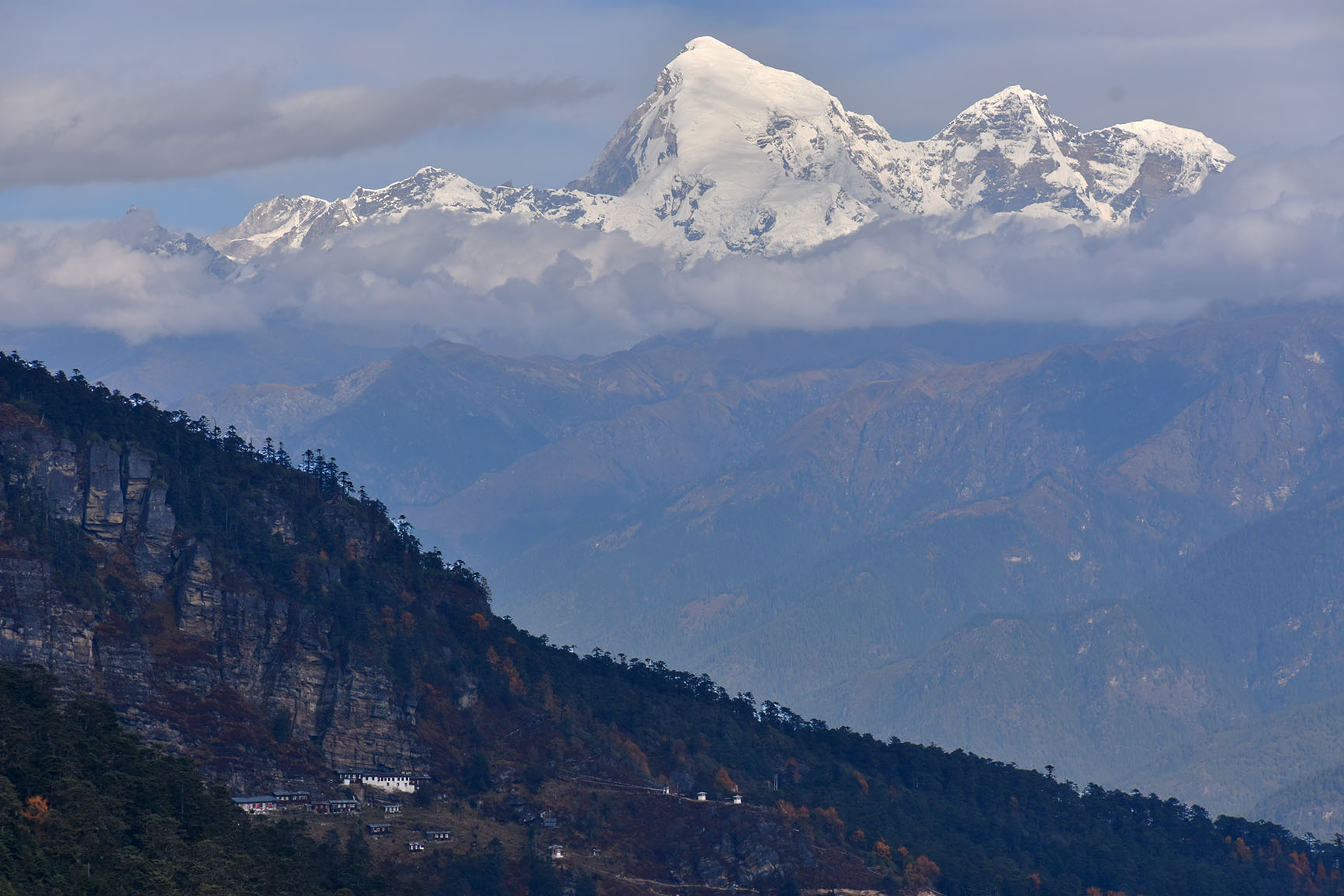 As my photos show, to a backdrop of fluttering prayer flags and spinning prayer wheels the whole Tiger’s Nest experience is charming, remarkable, and very much more than just another functioning monastery.
As my photos show, to a backdrop of fluttering prayer flags and spinning prayer wheels the whole Tiger’s Nest experience is charming, remarkable, and very much more than just another functioning monastery.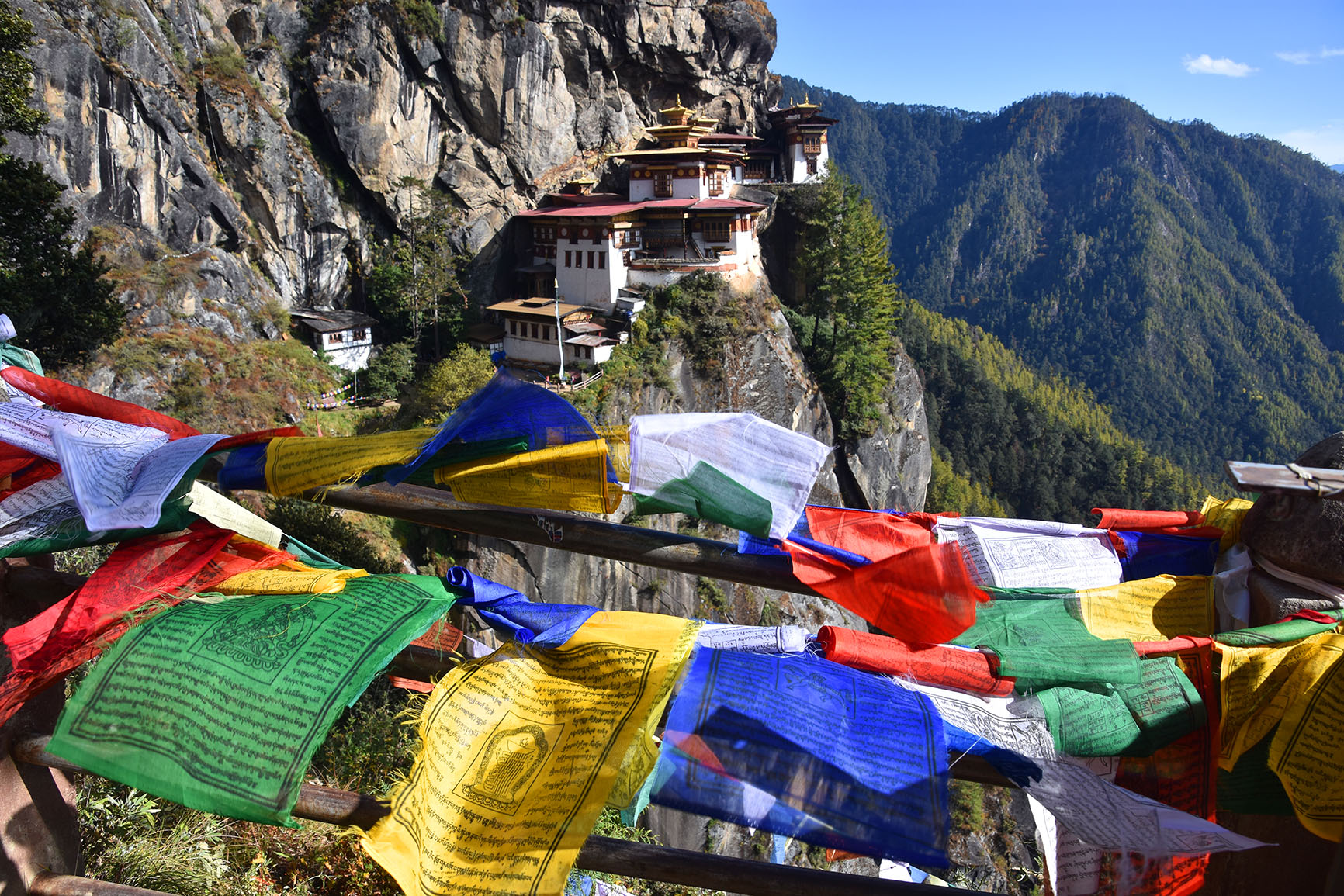
Iconic indeed, as it continues to adorn much of Bhutanese life, from appearing on the country’s money, to stamps and all manner of official paraphernalia.
Photos in ascending order from Paro Valley up to Tiger’s Nest:

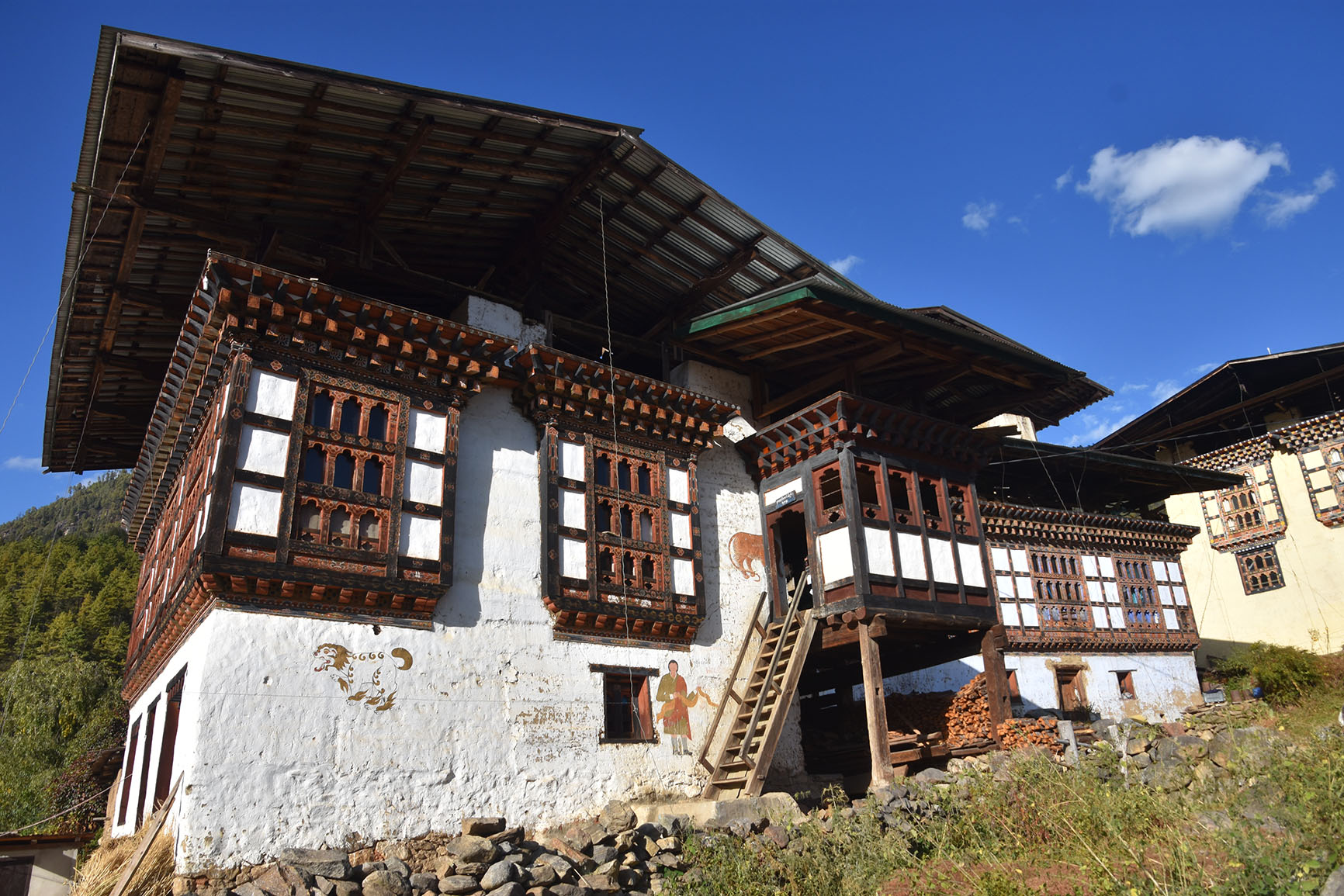
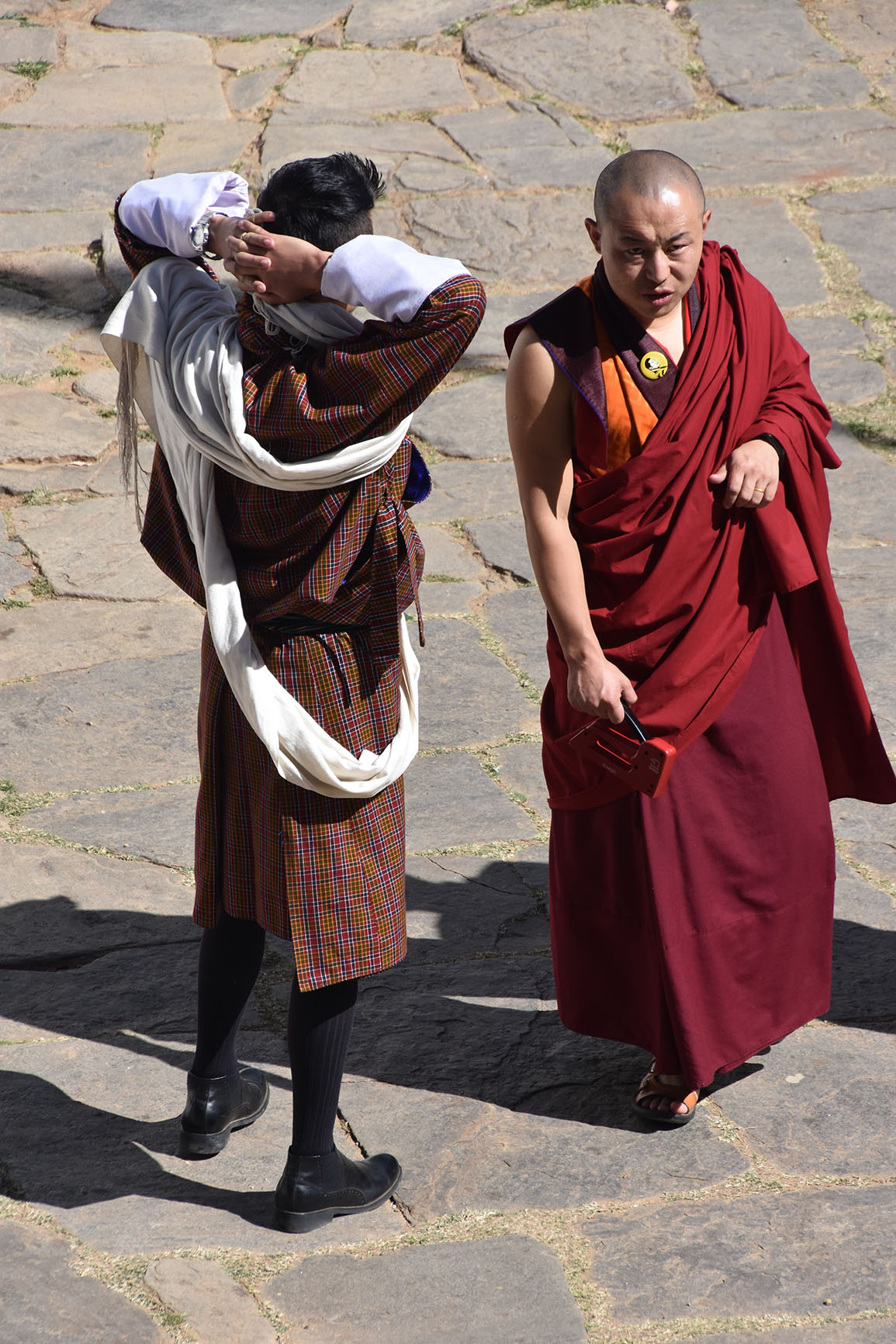
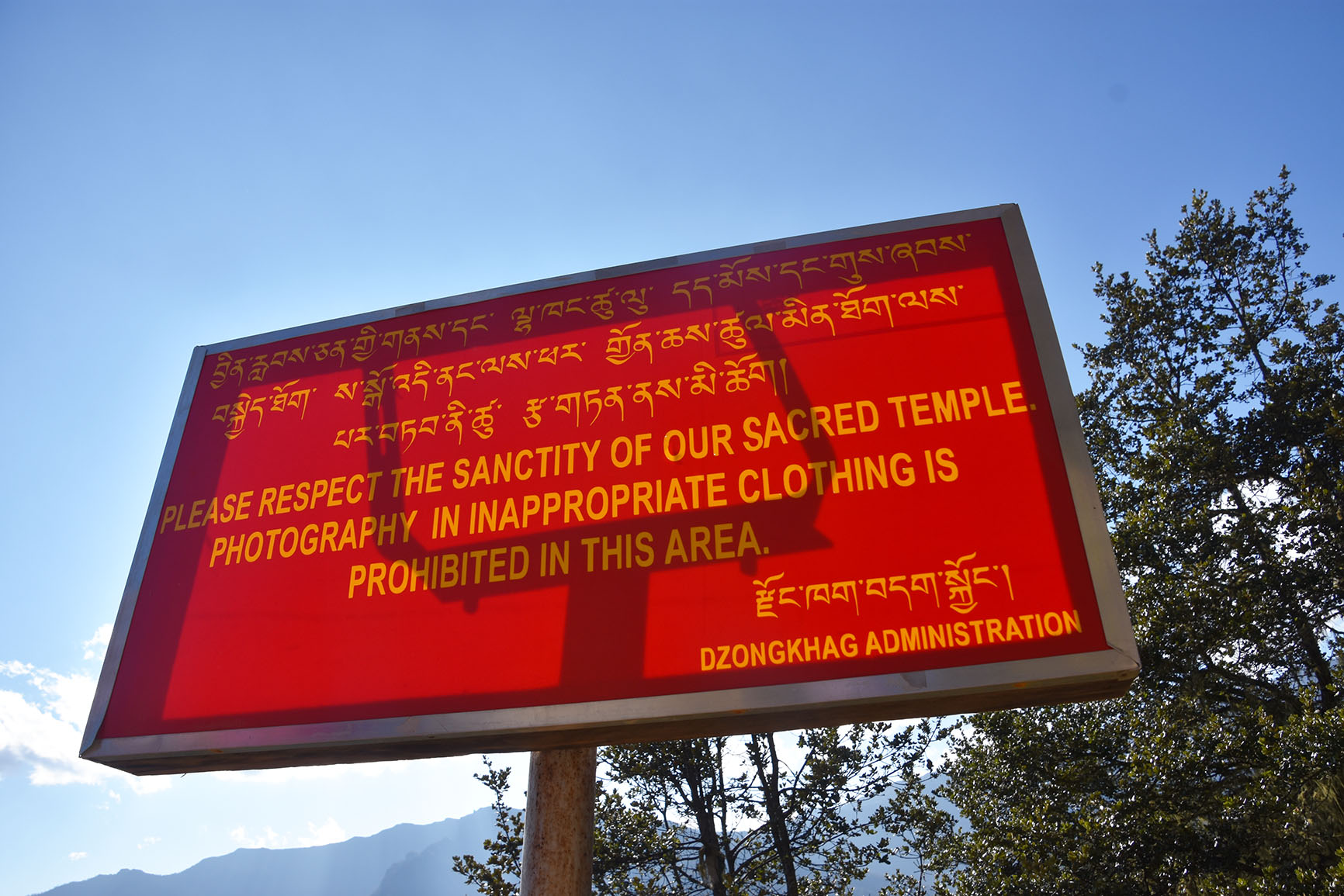

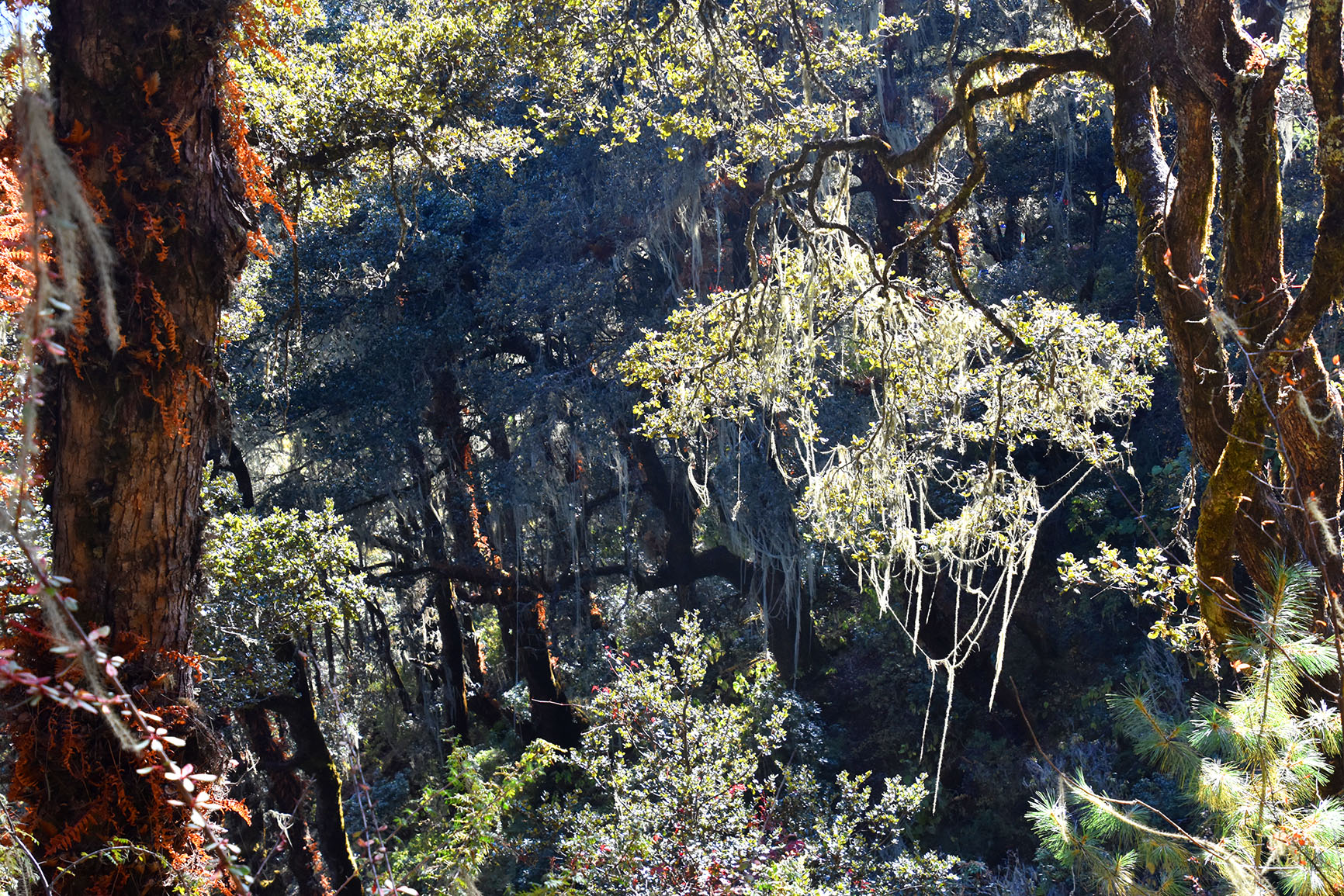
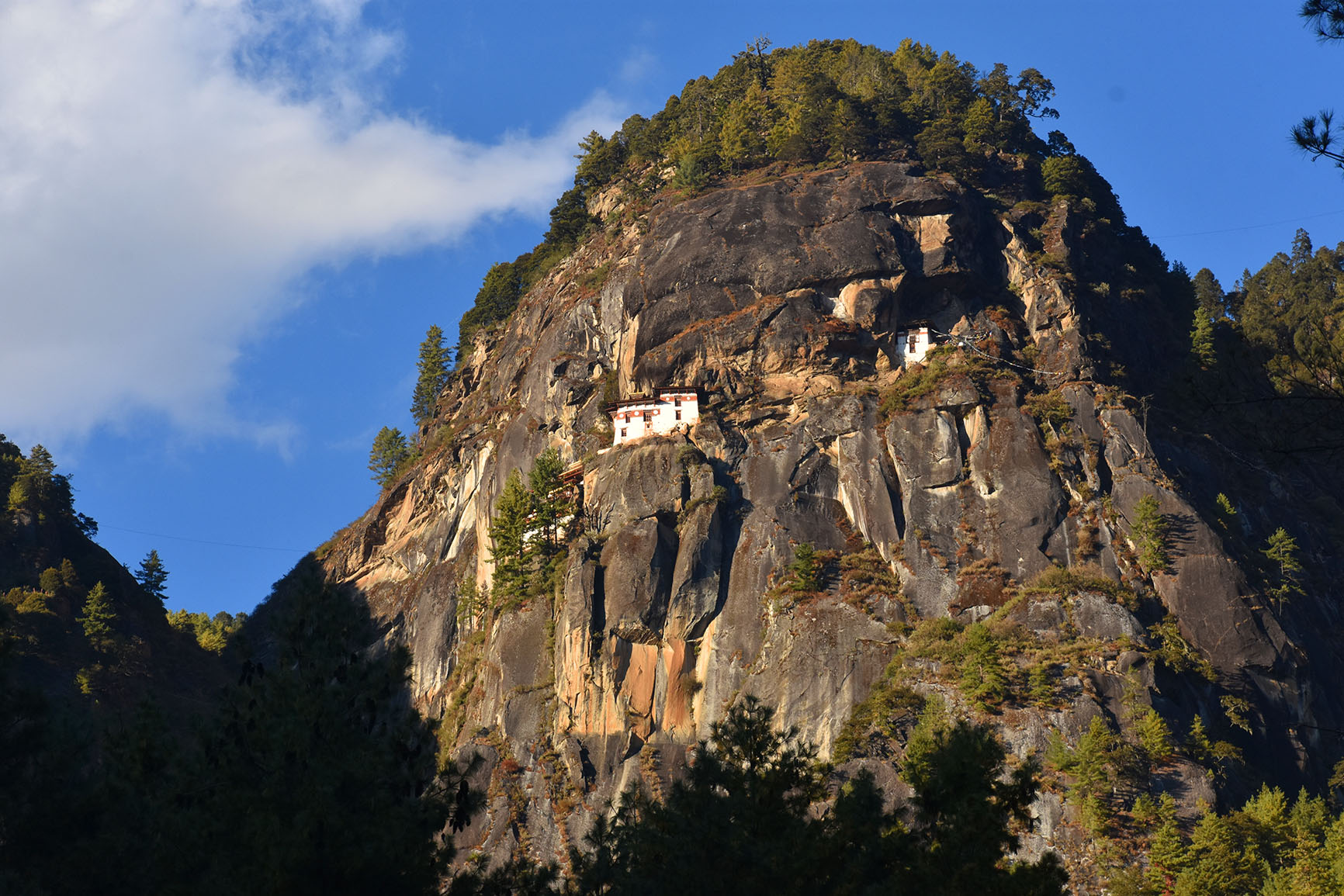
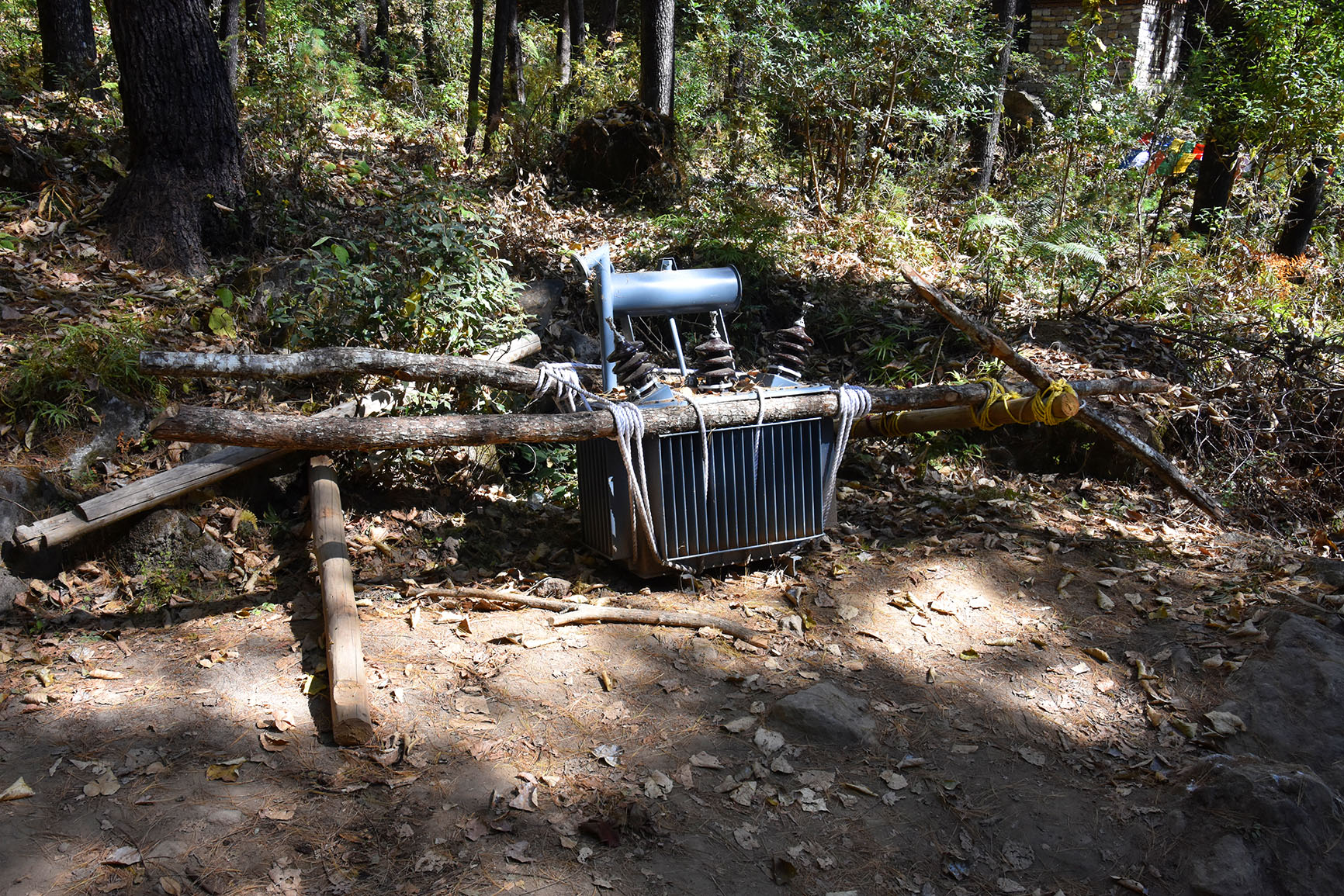


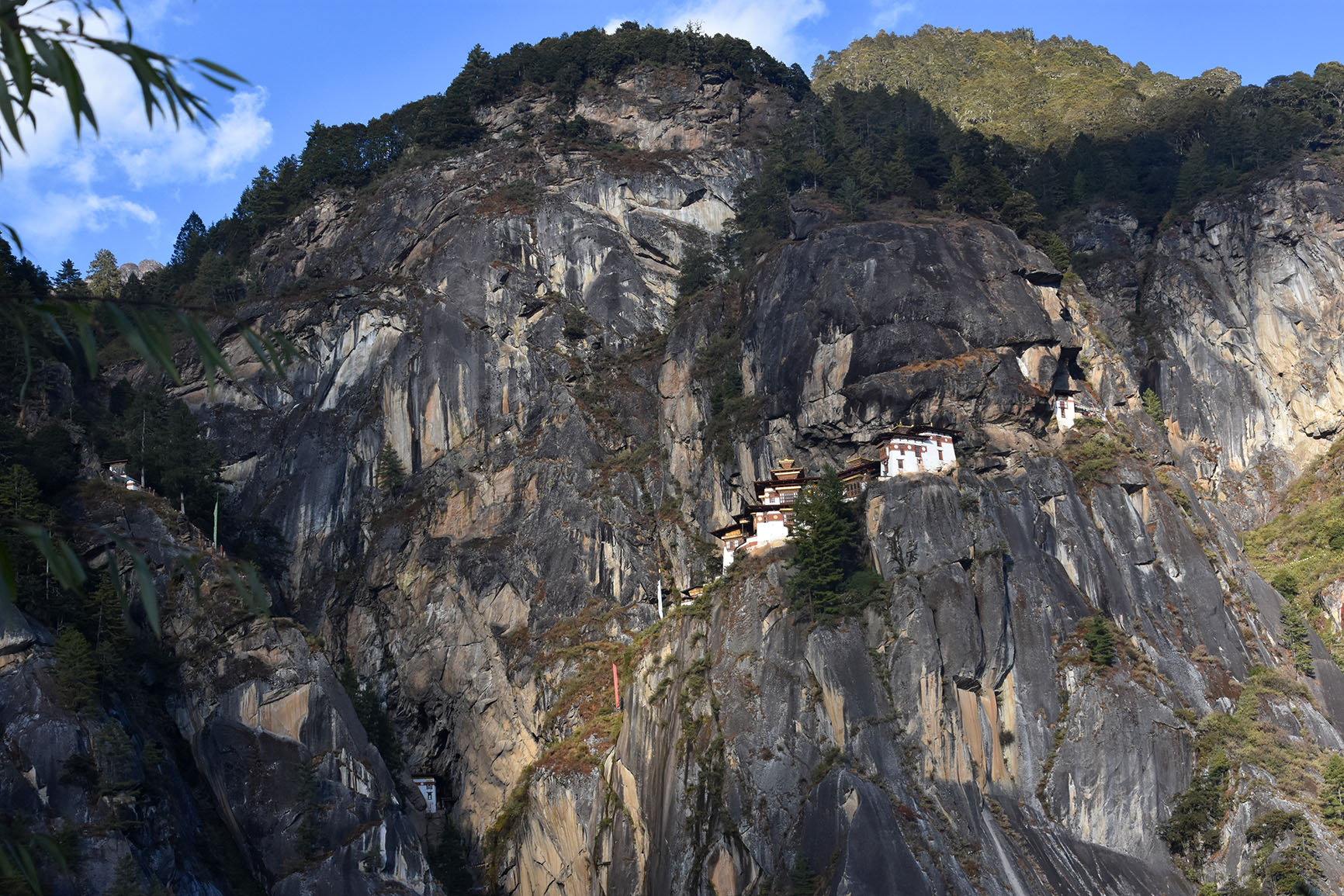
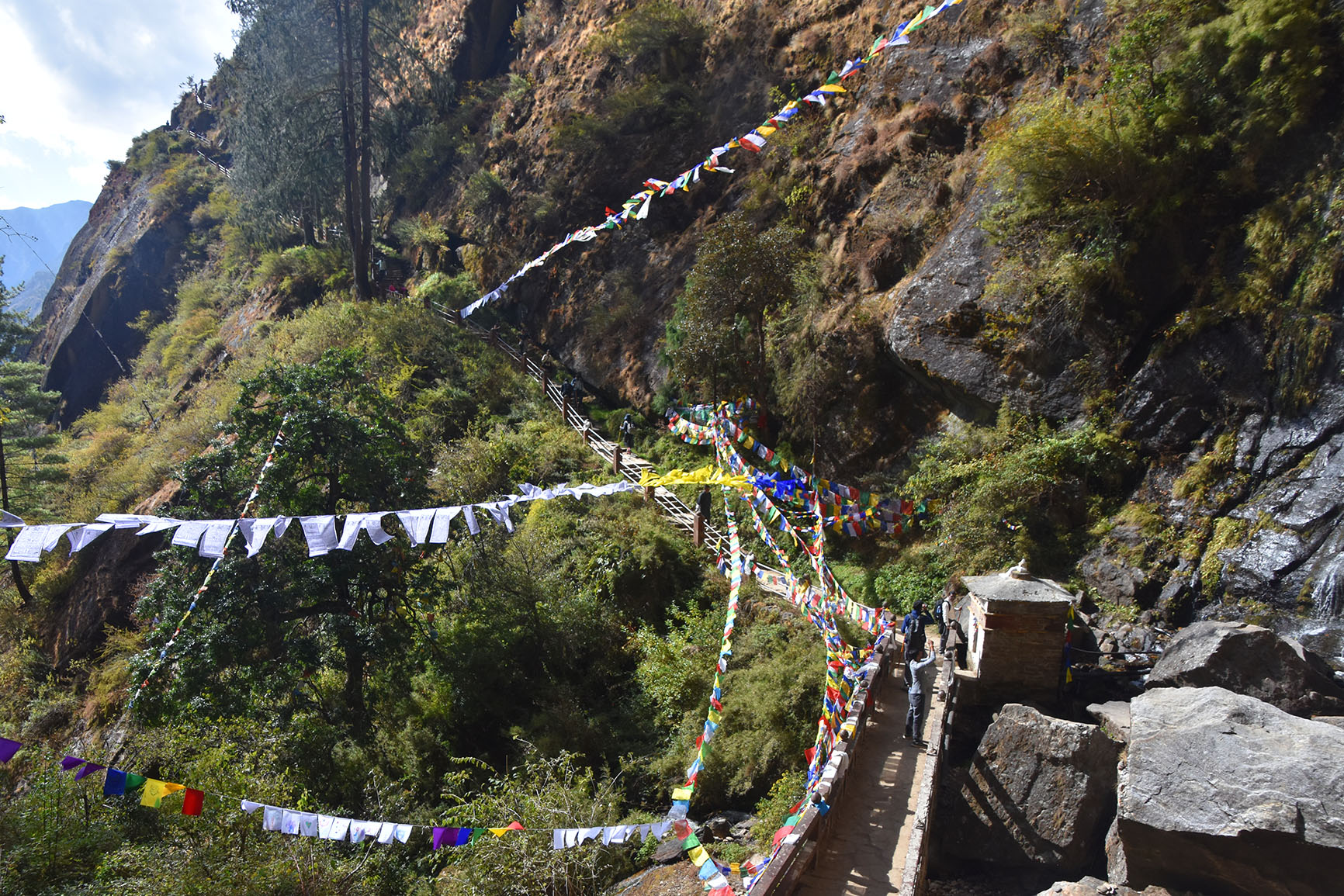
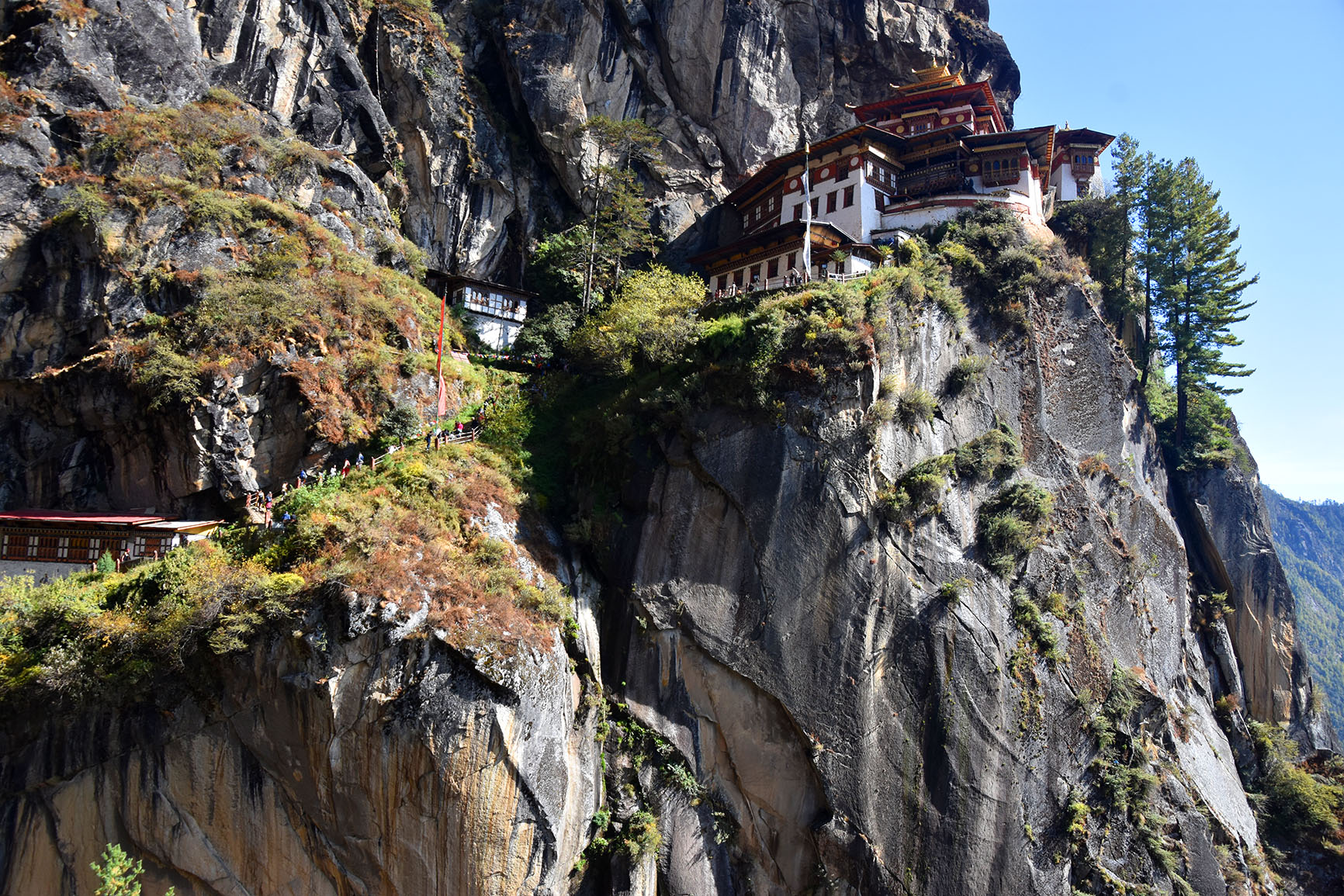

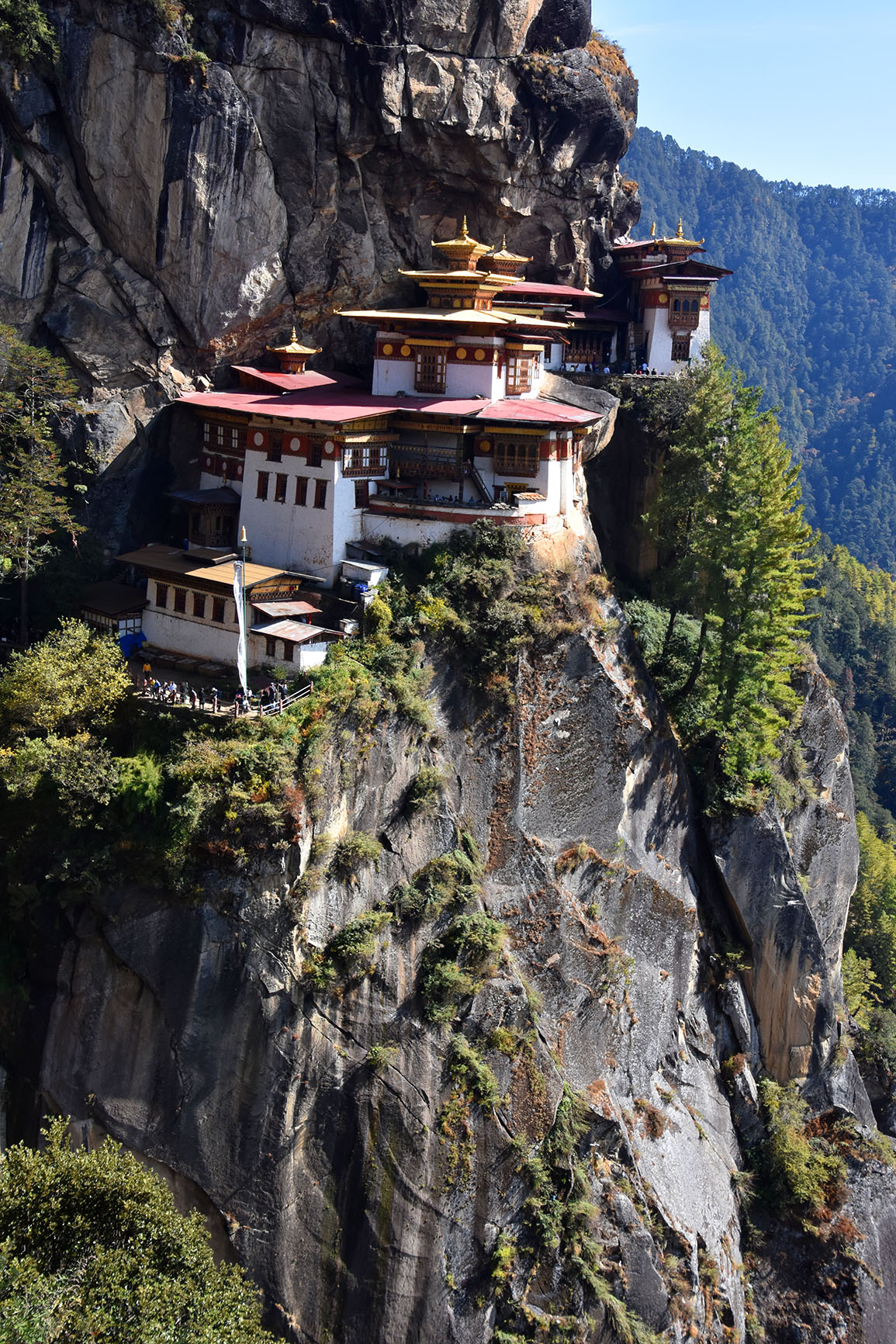
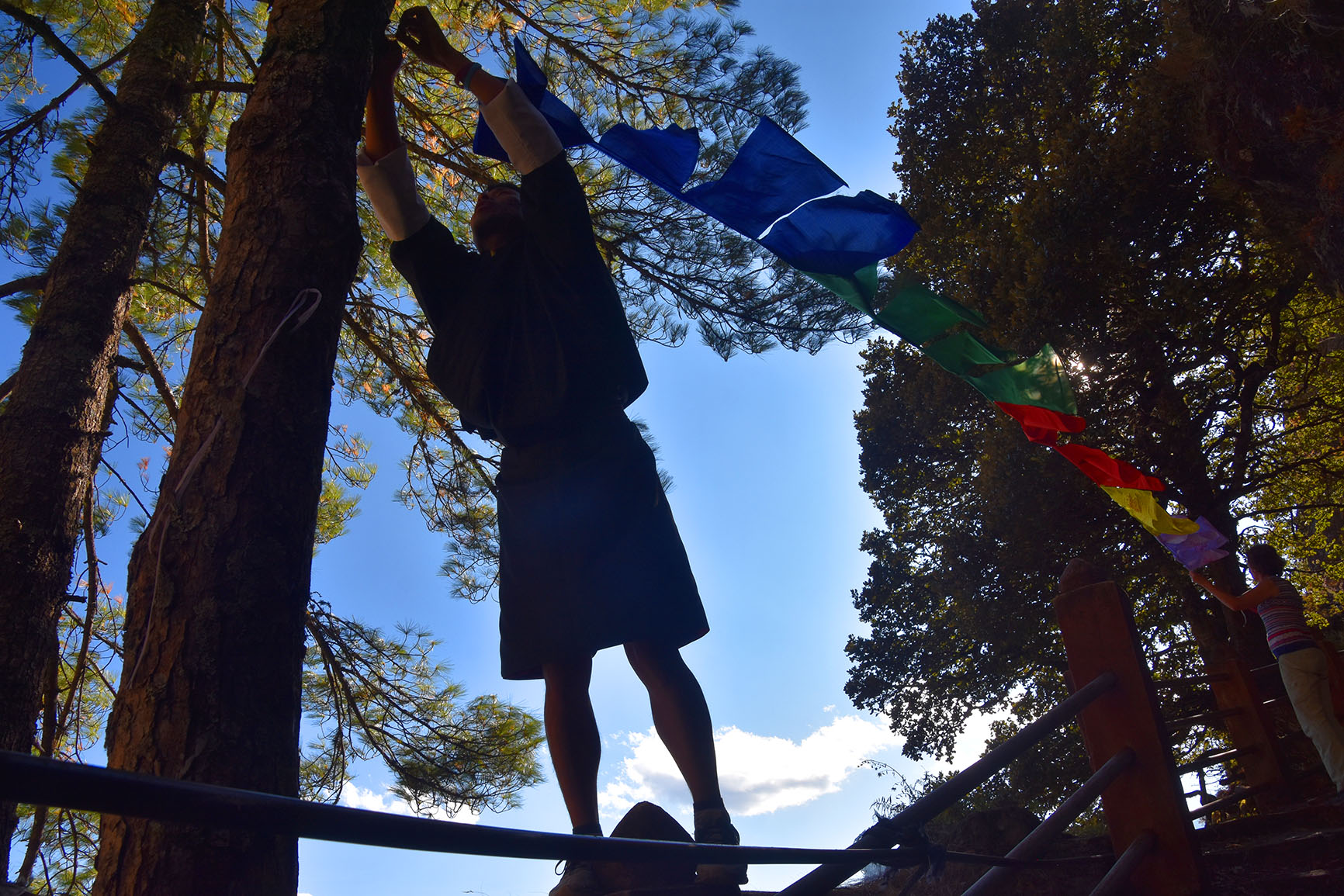
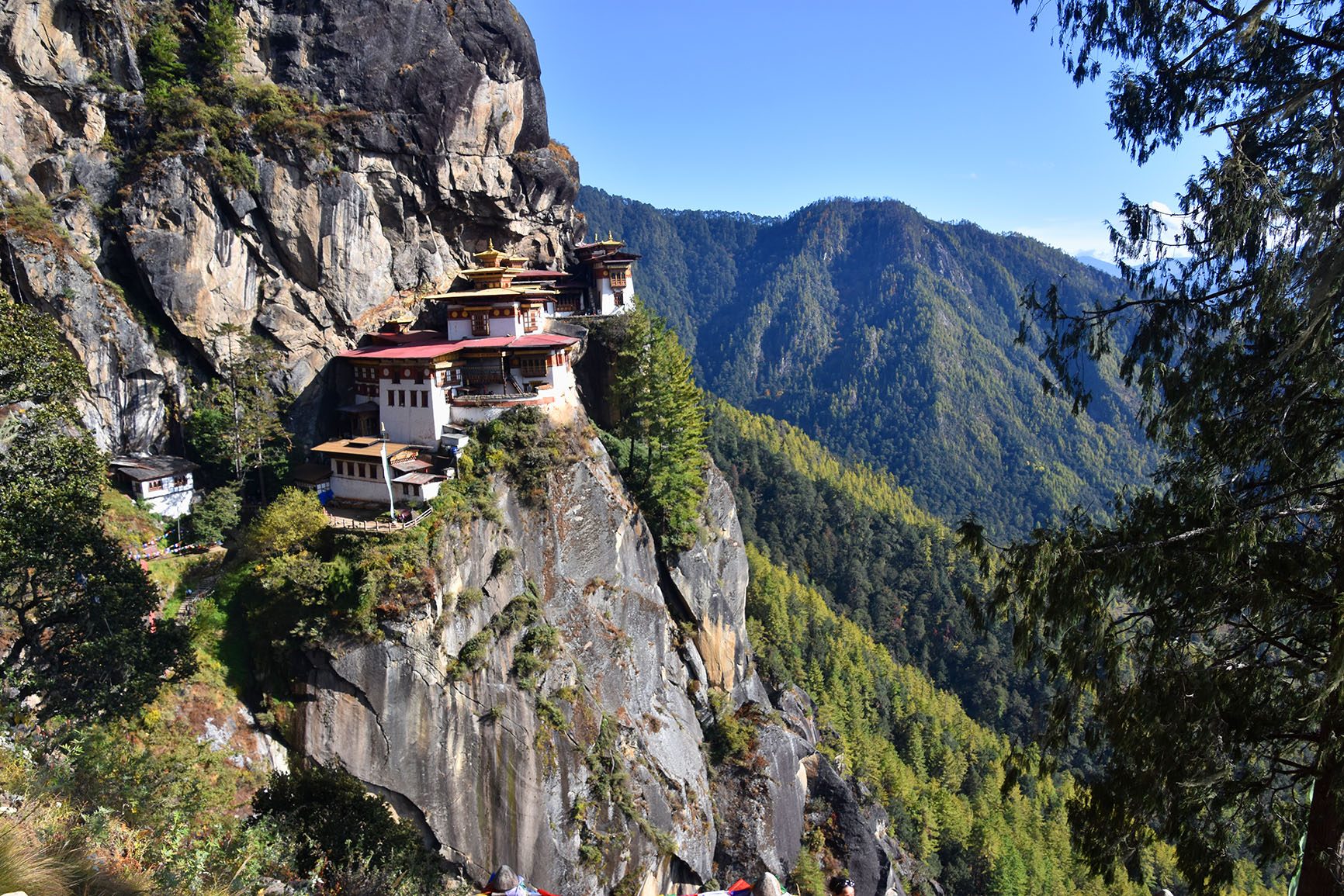
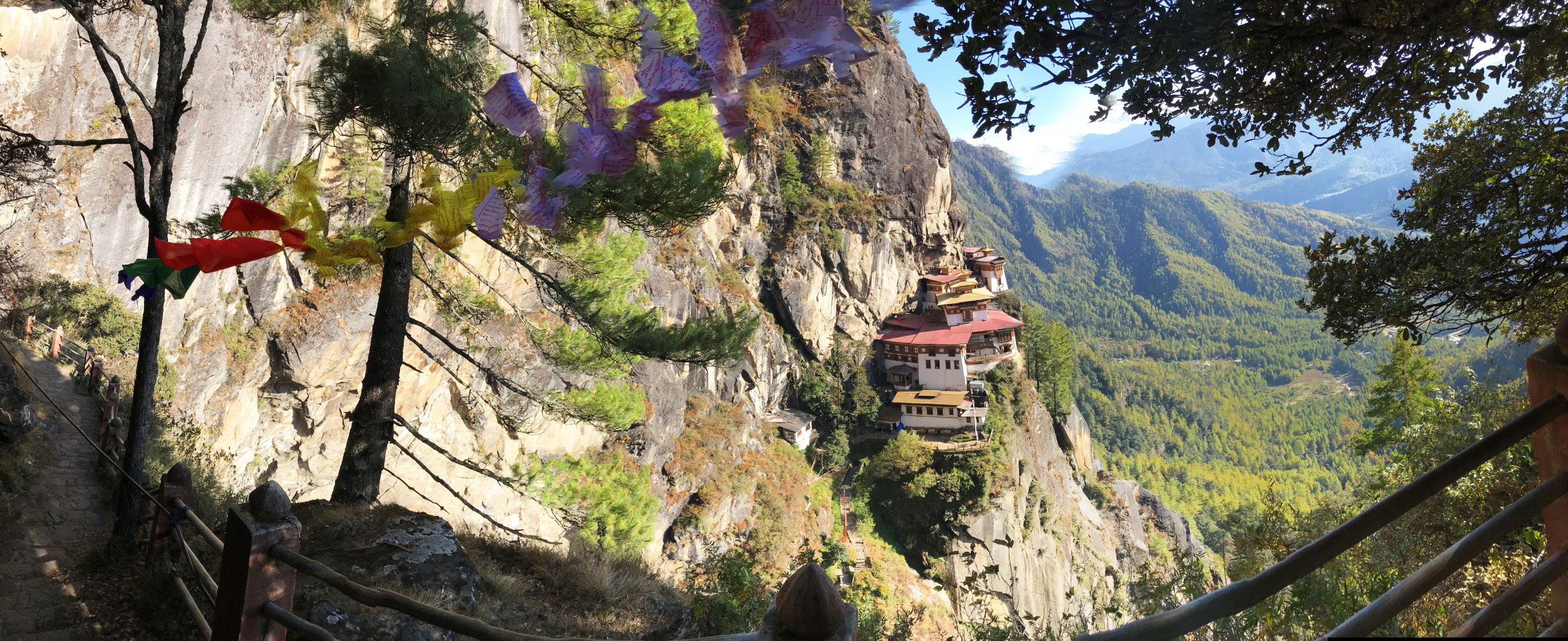








It’s a fantastic place. Would love to go back one day.
Looks astonishing.